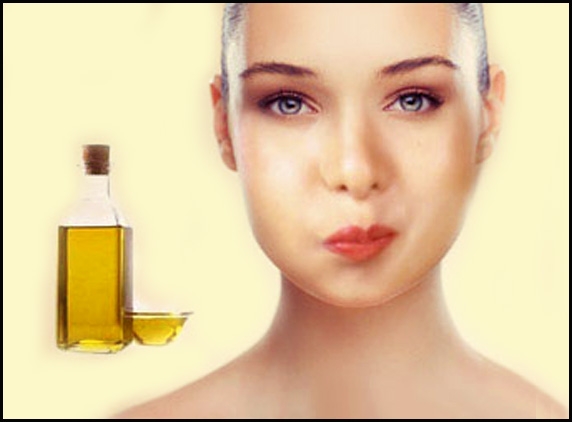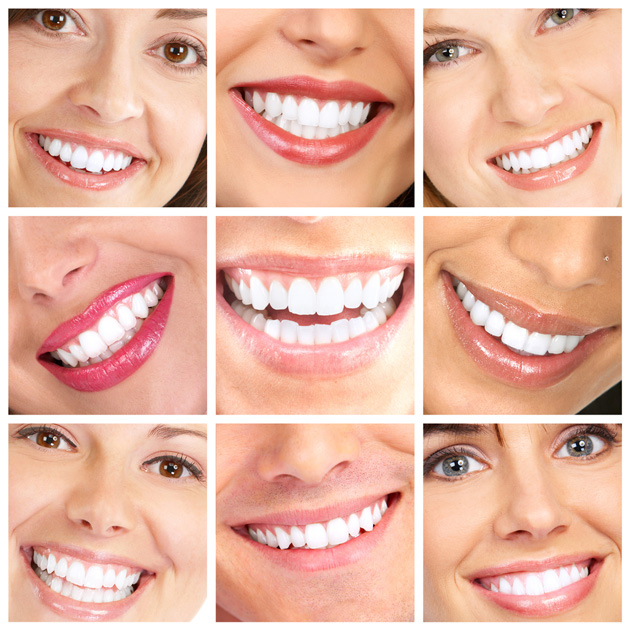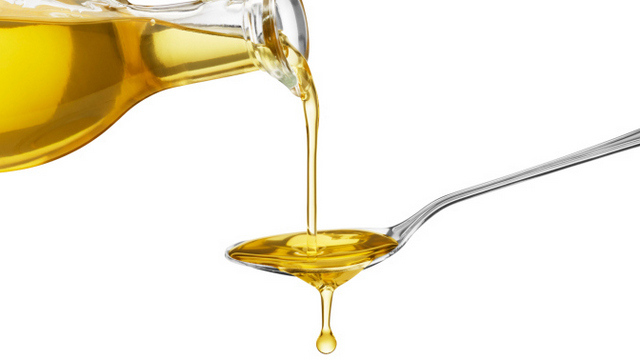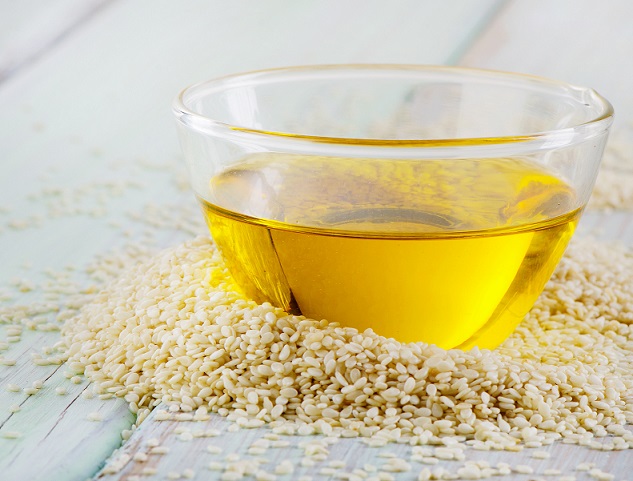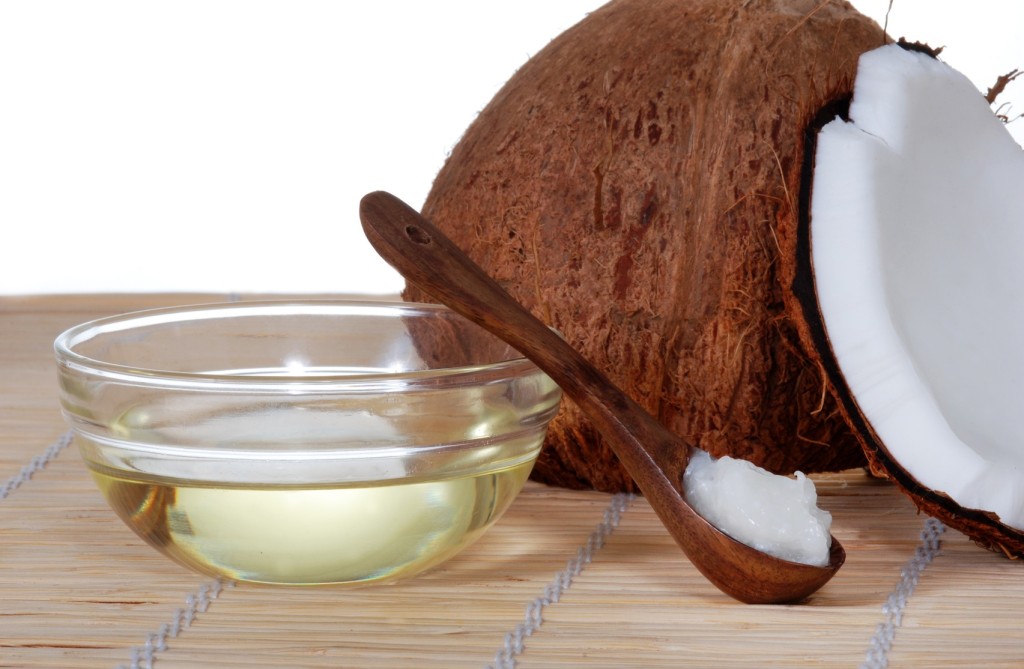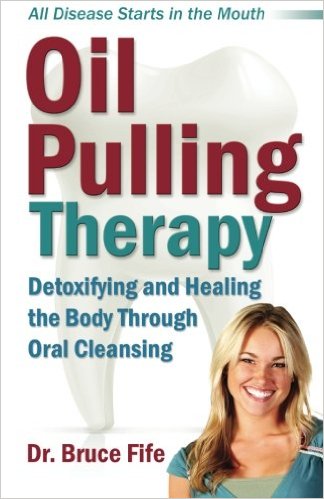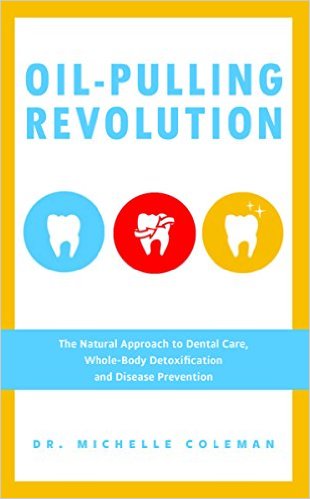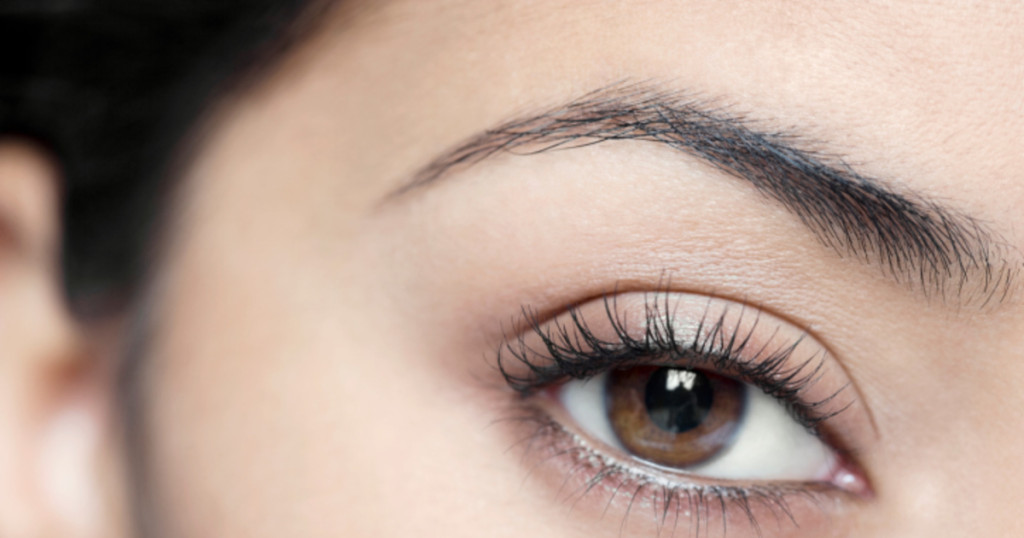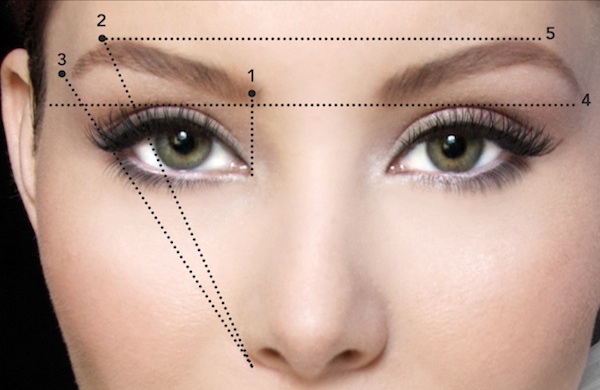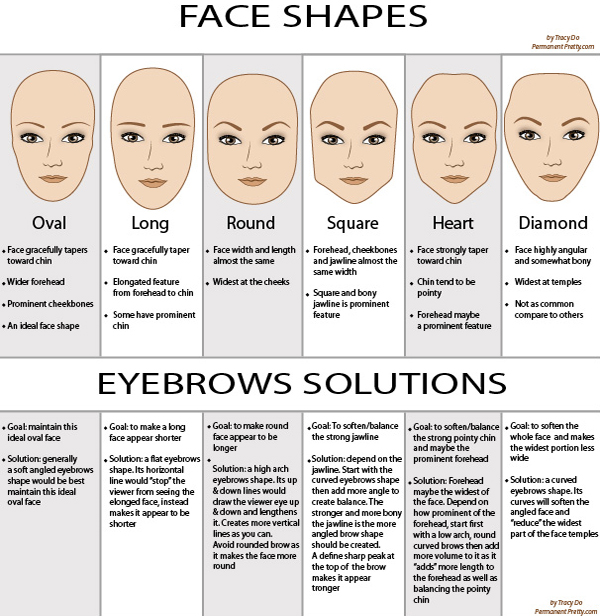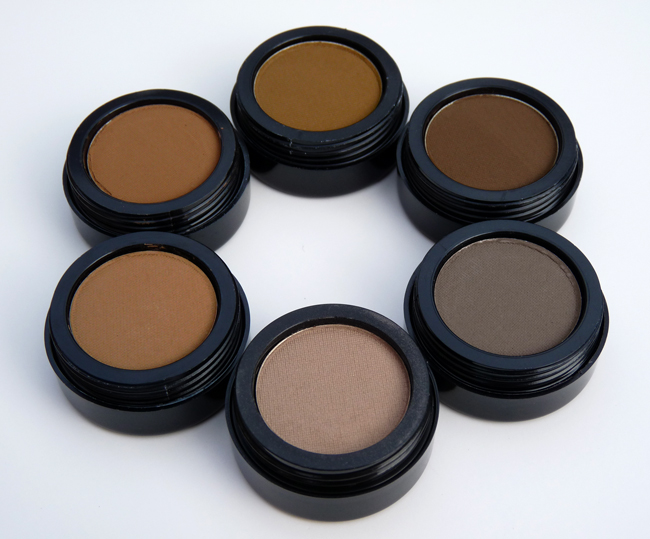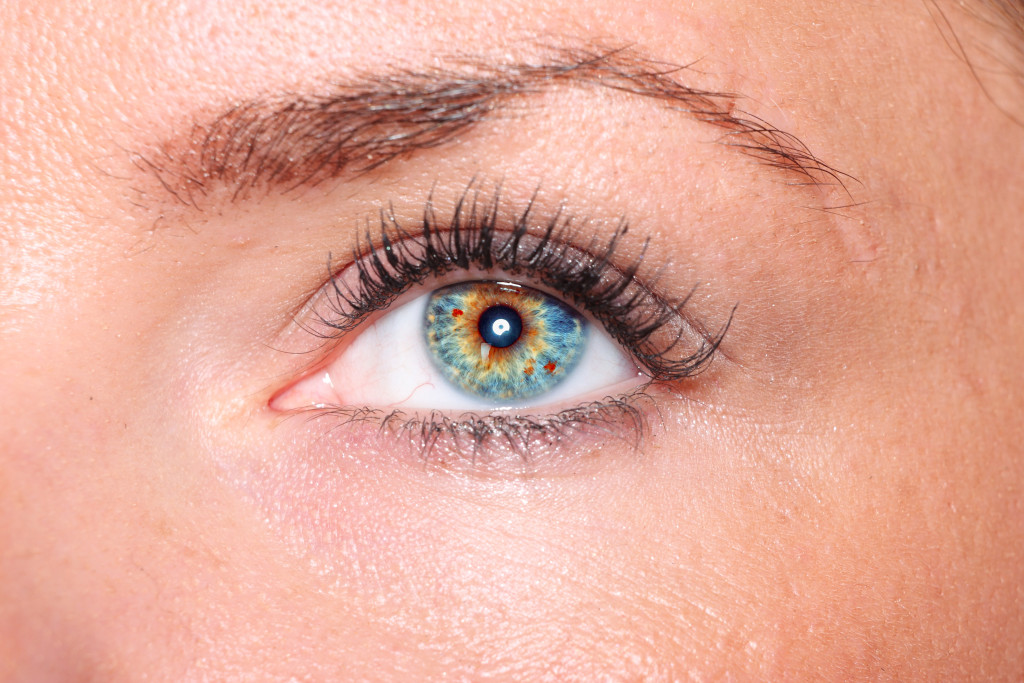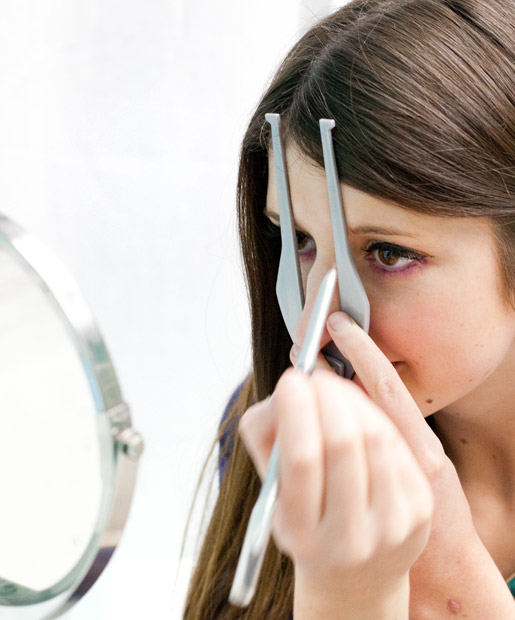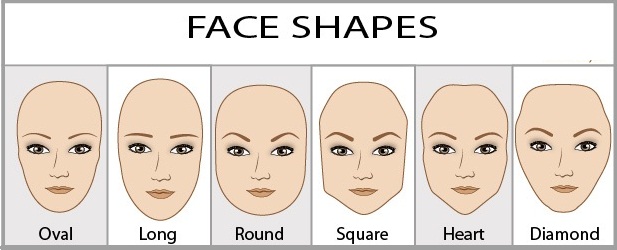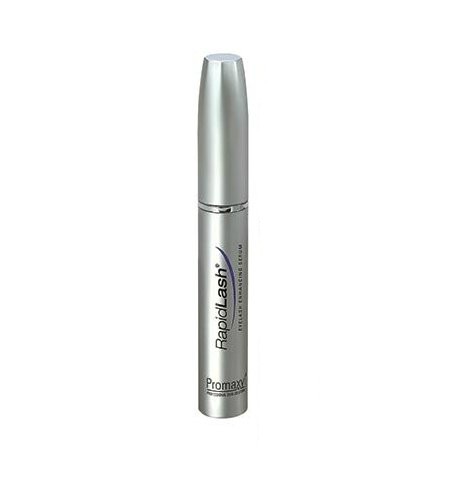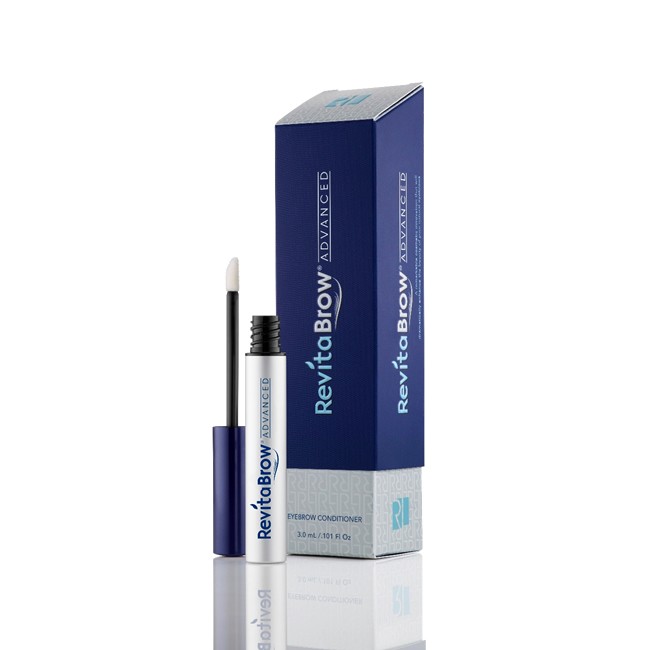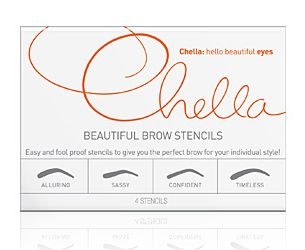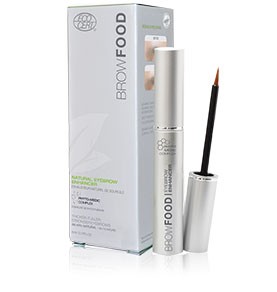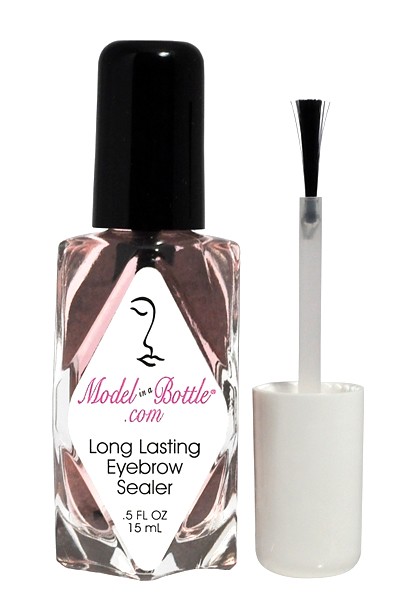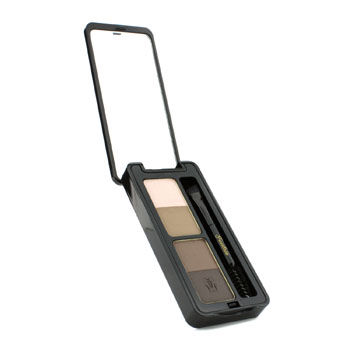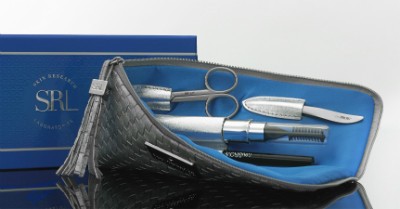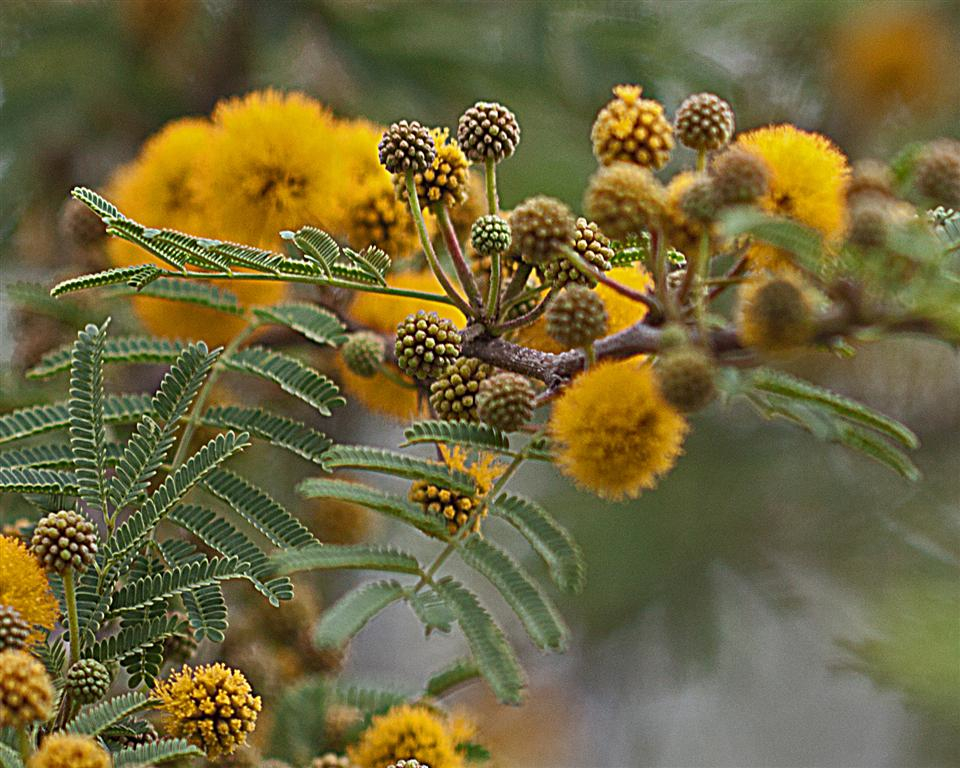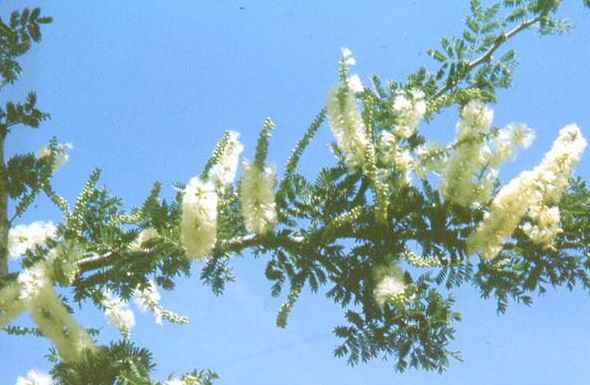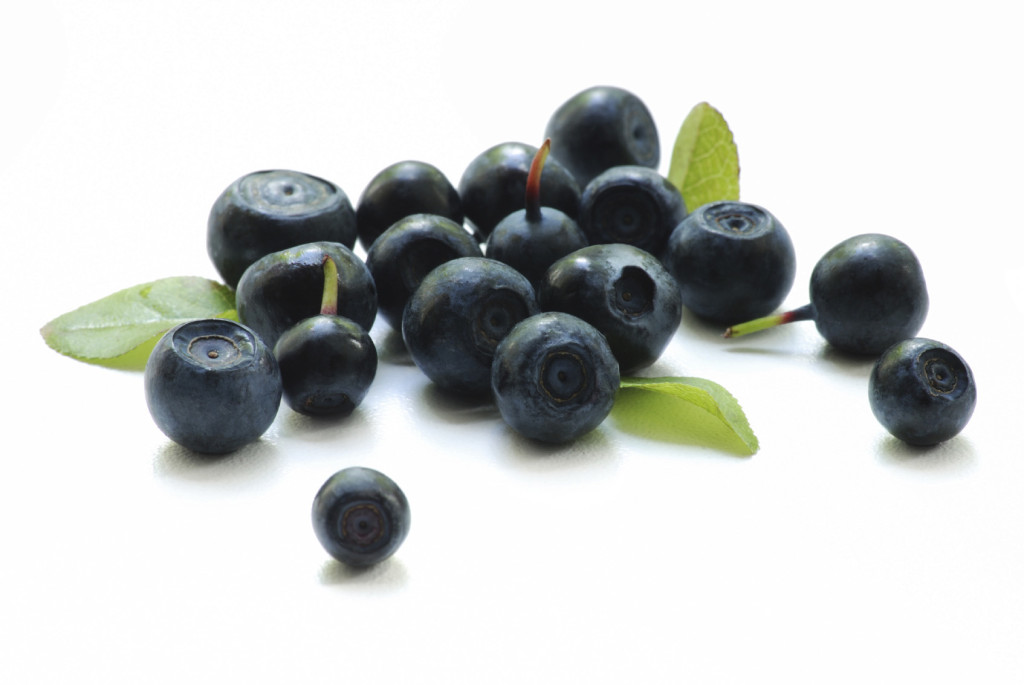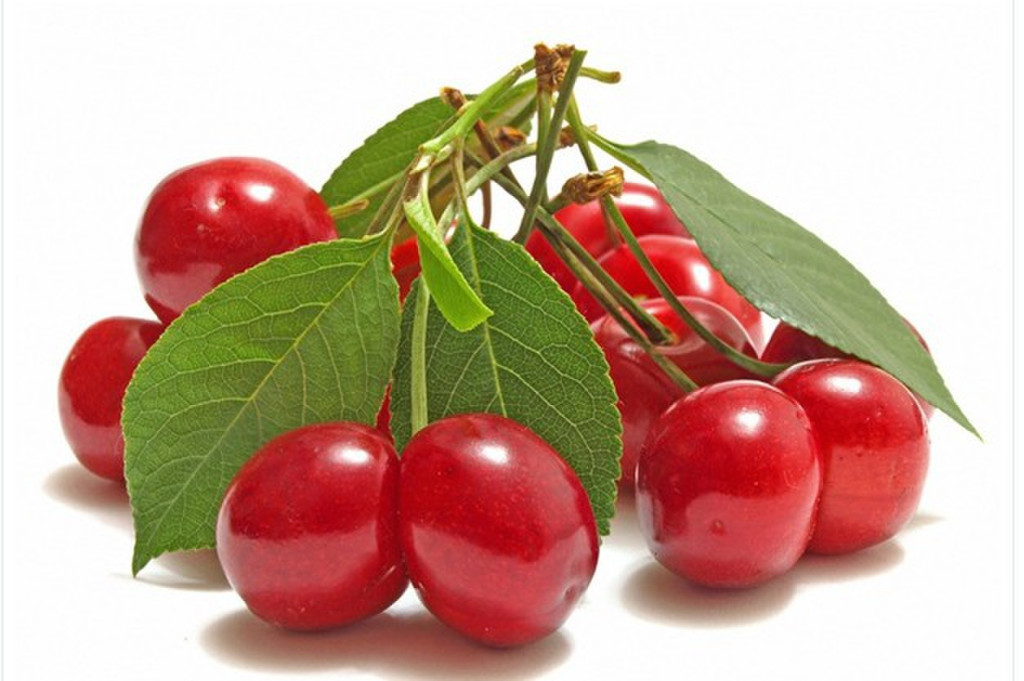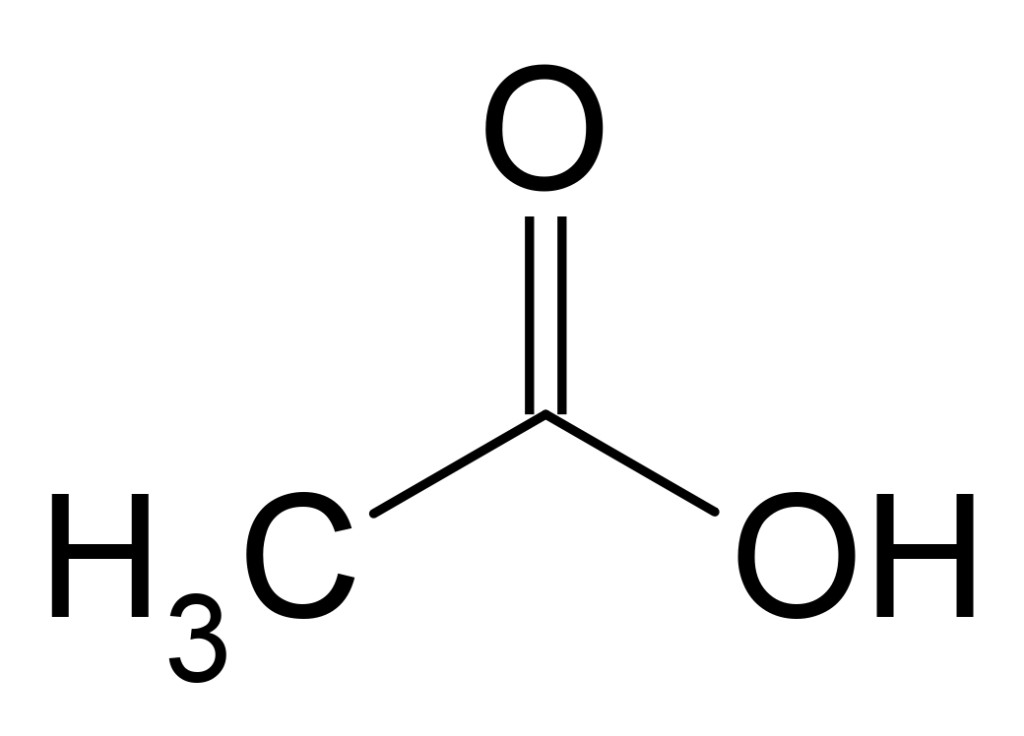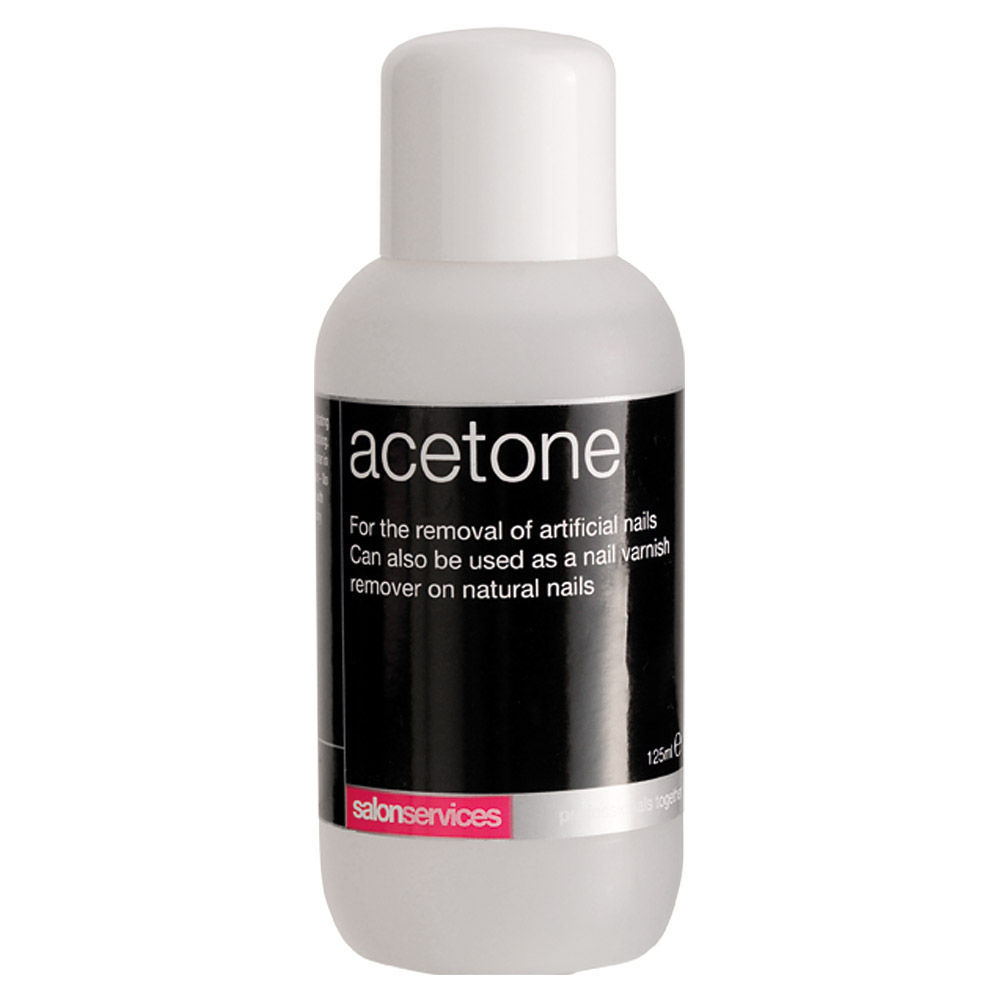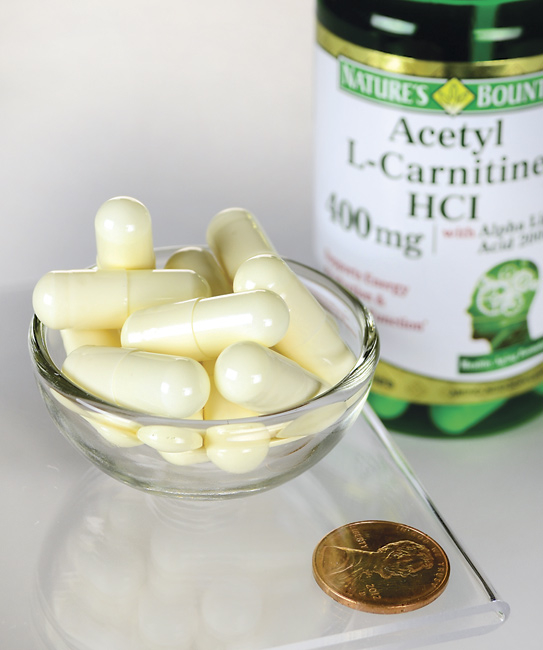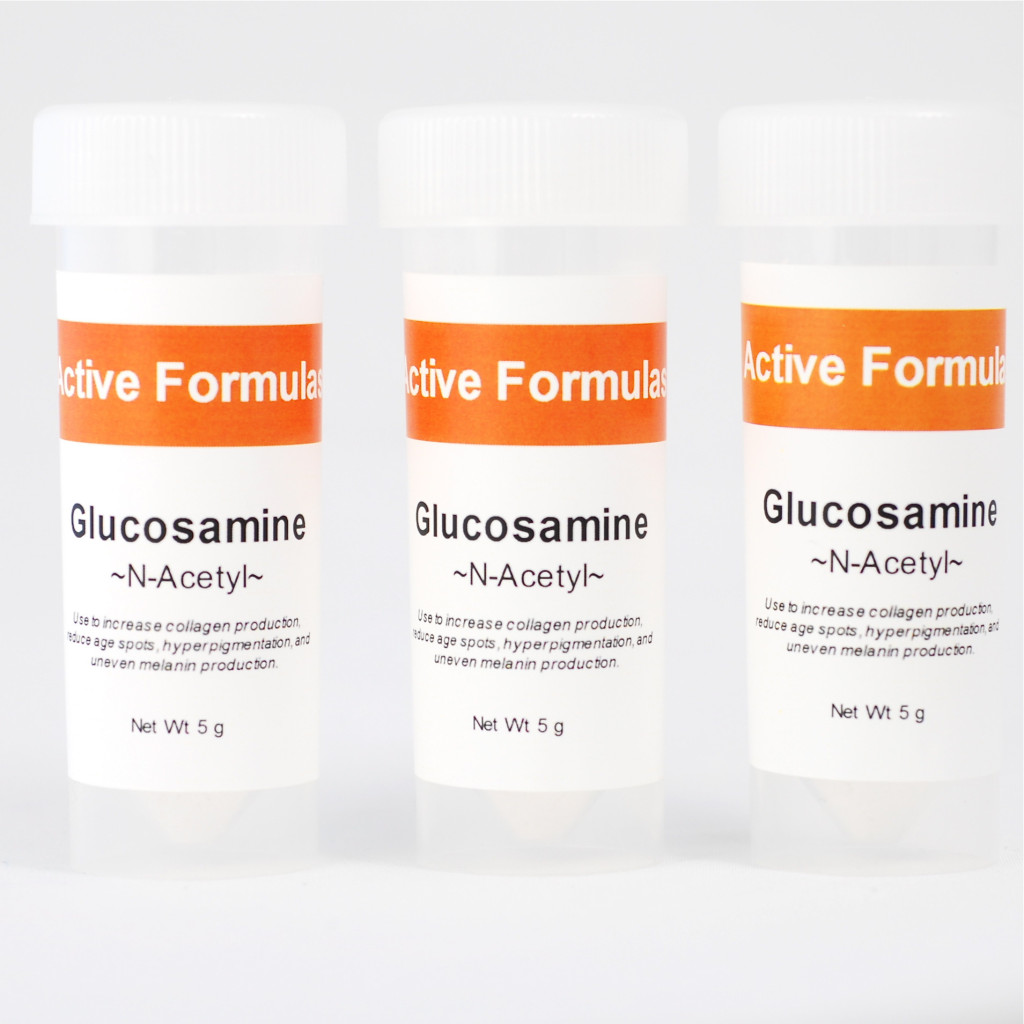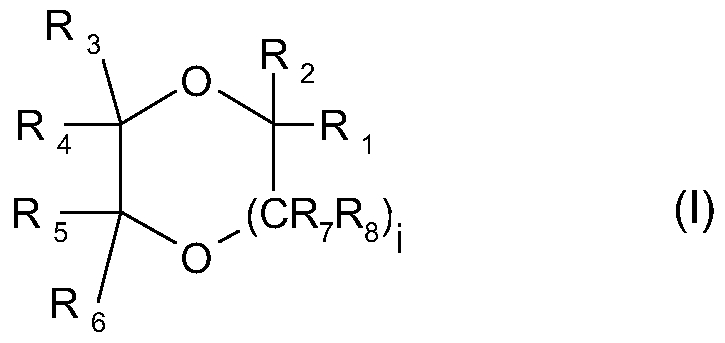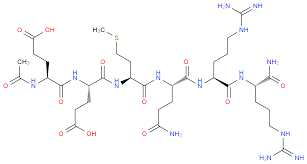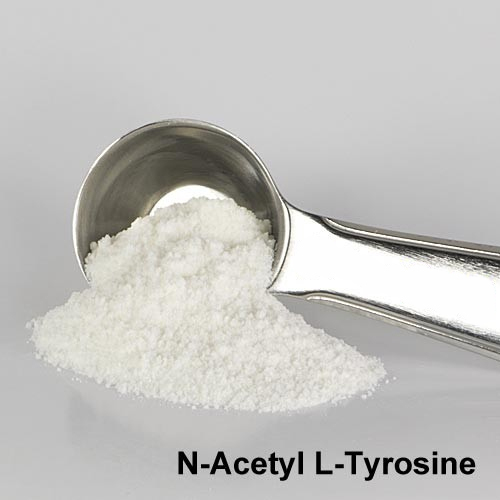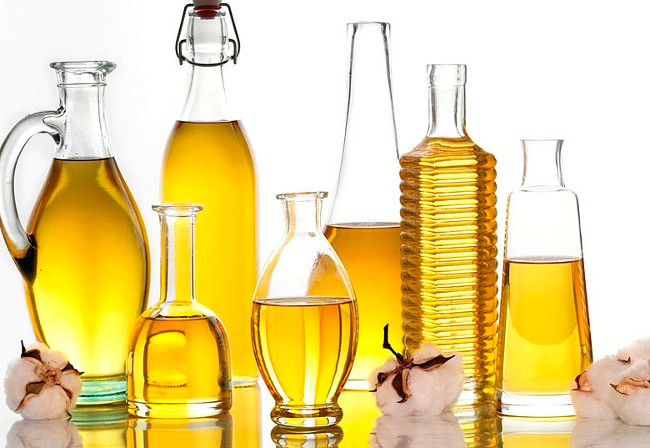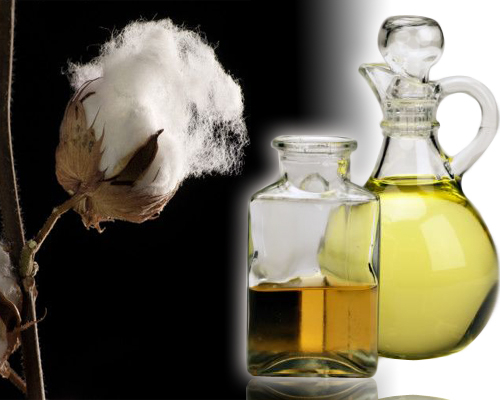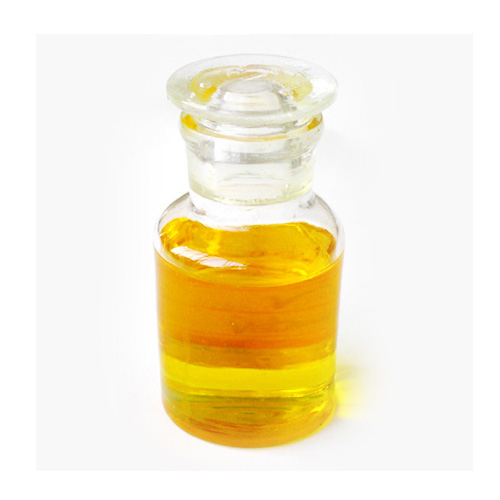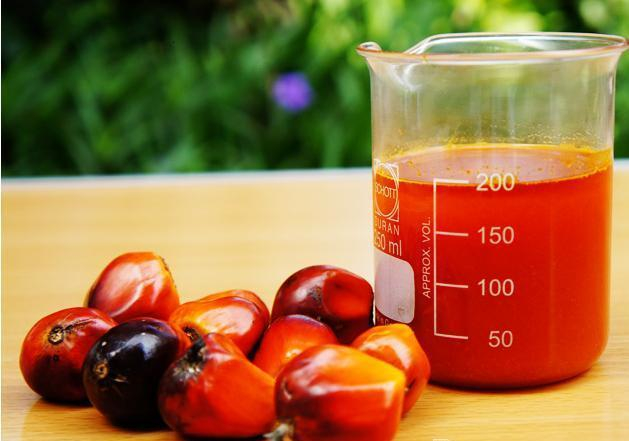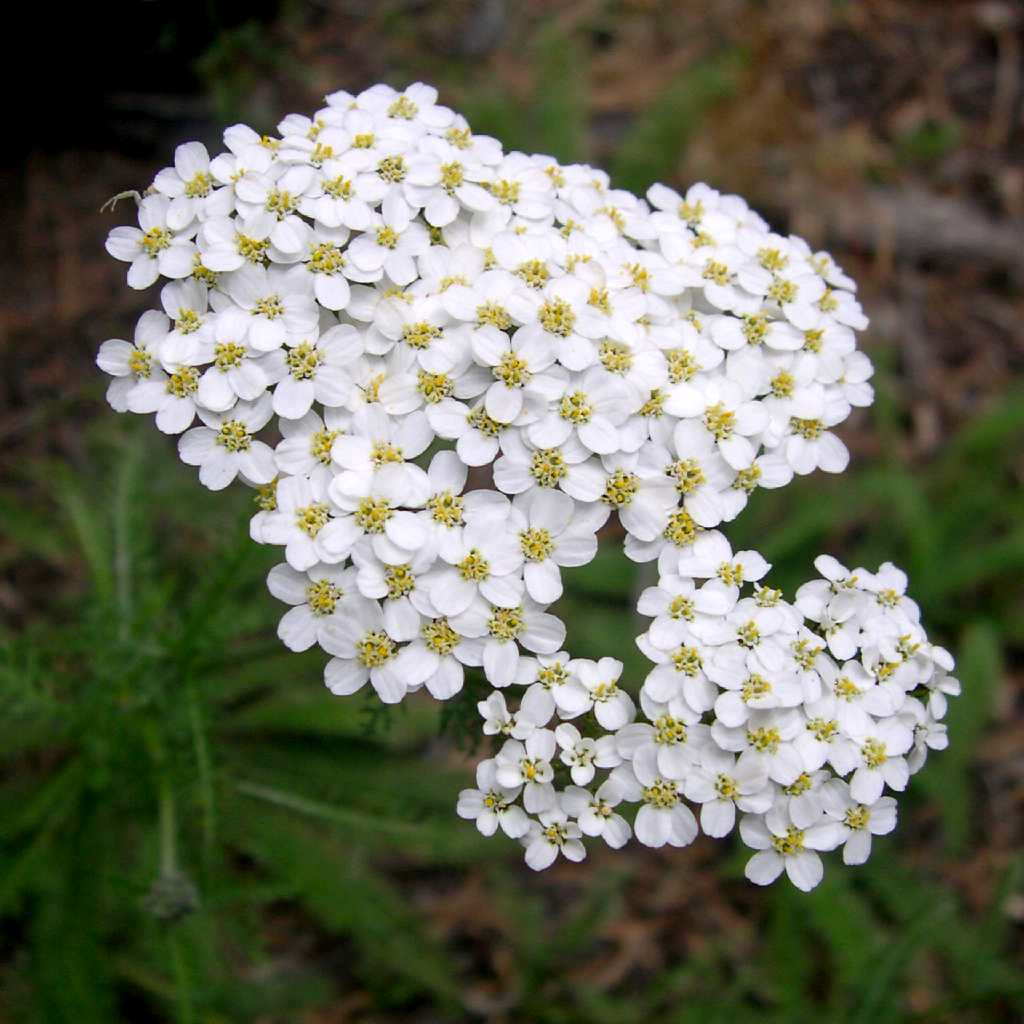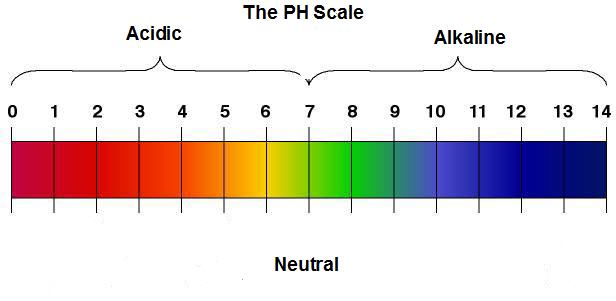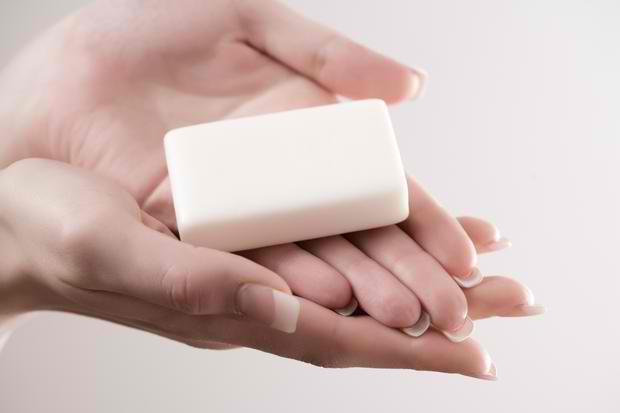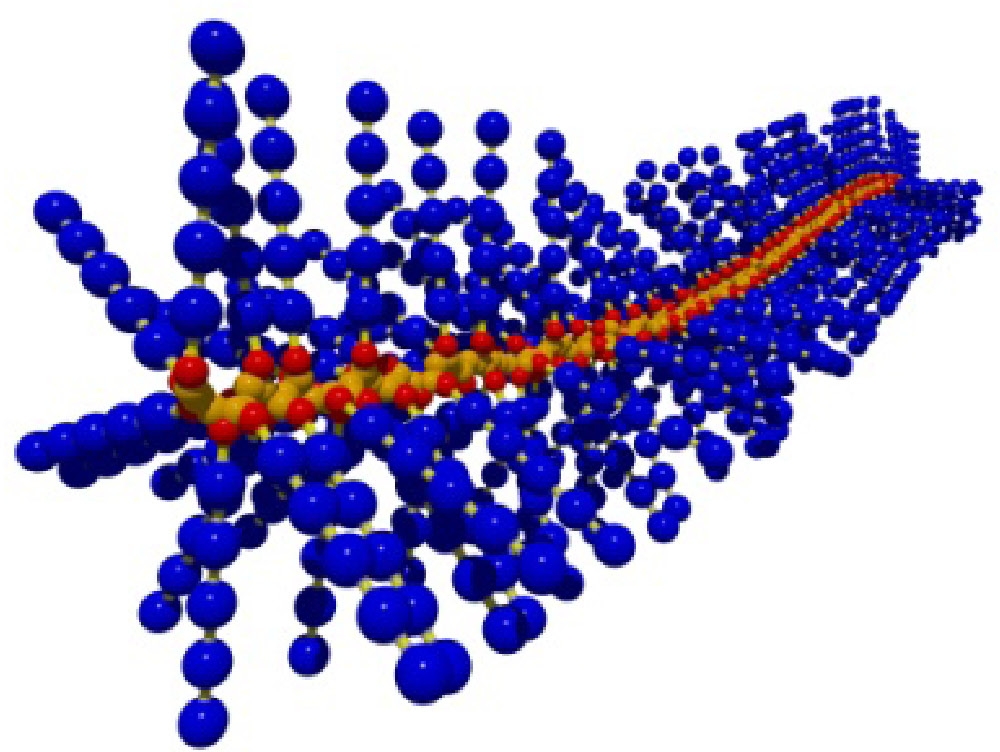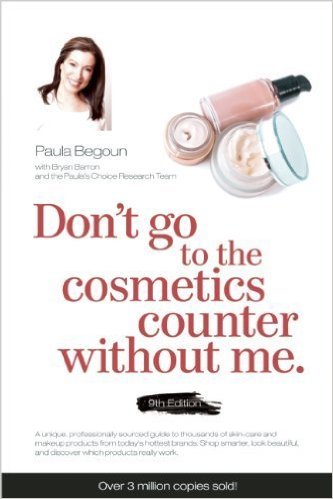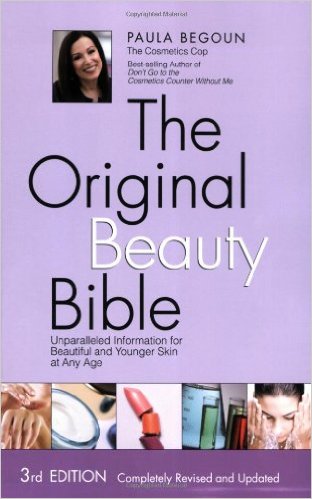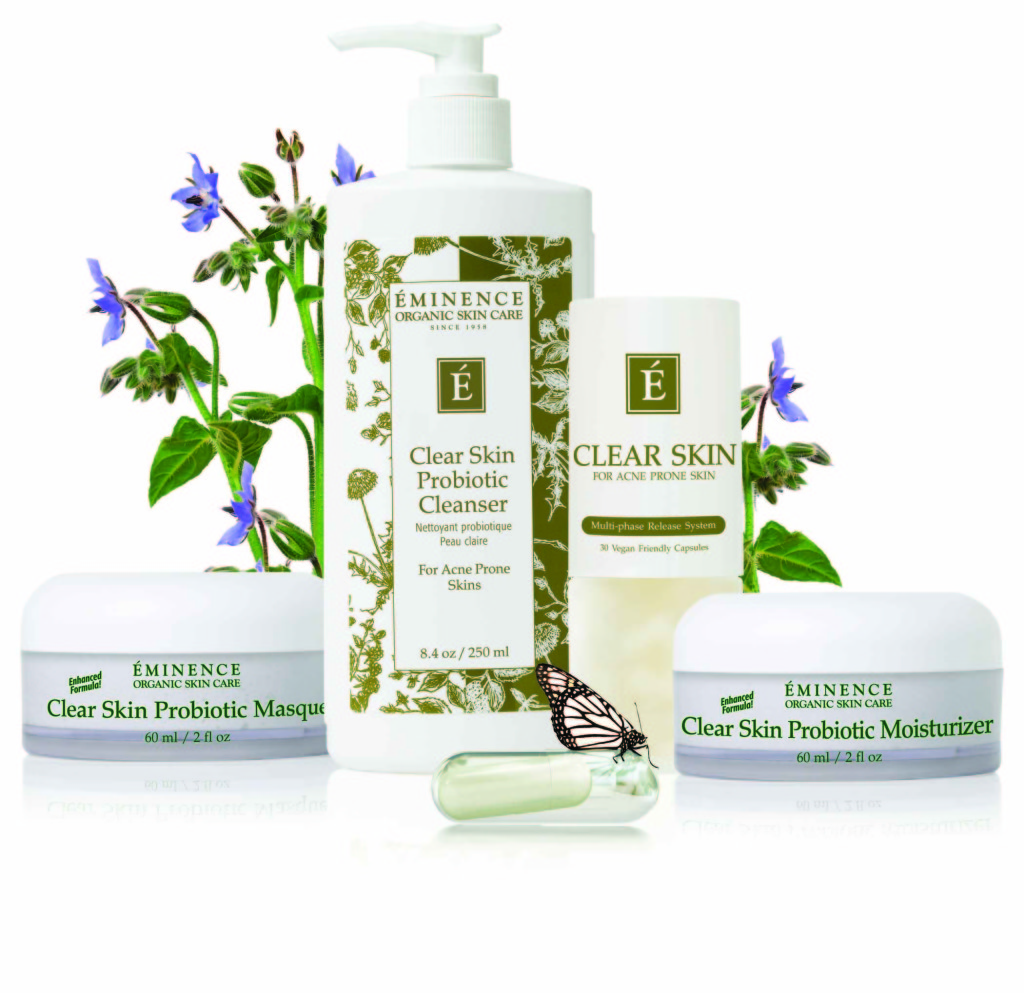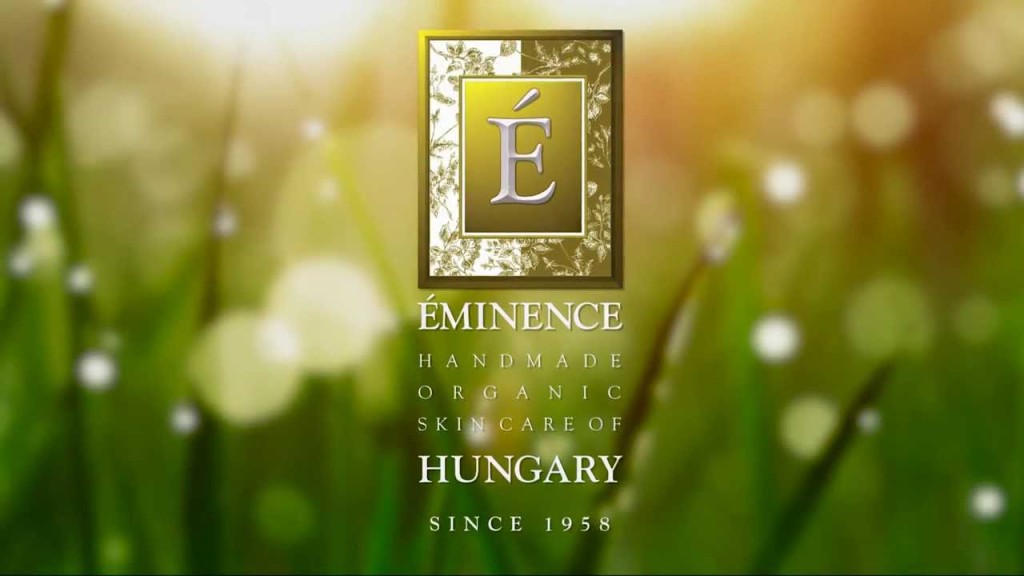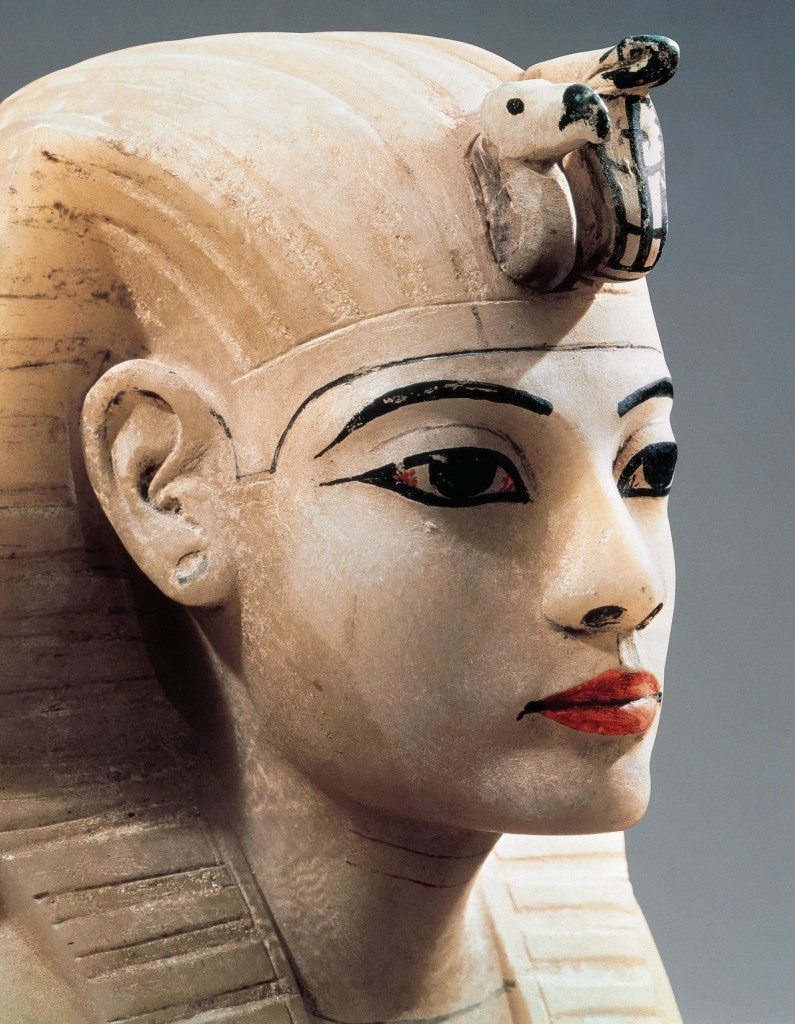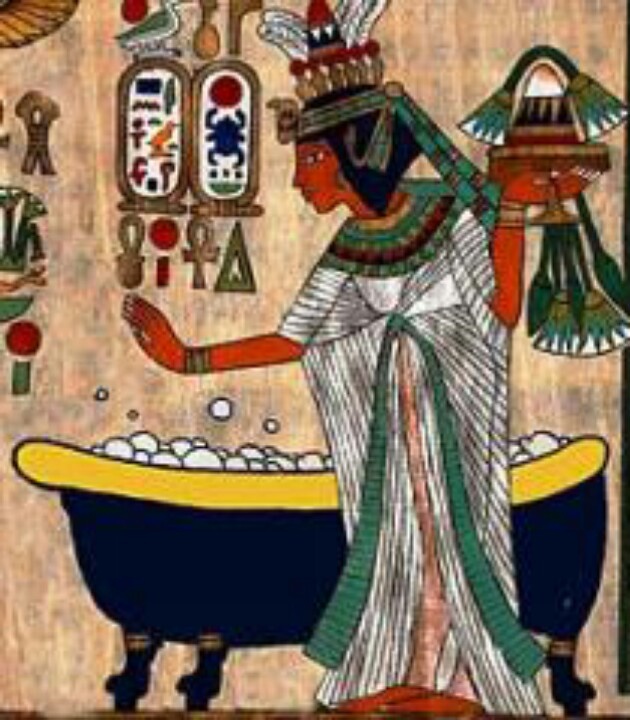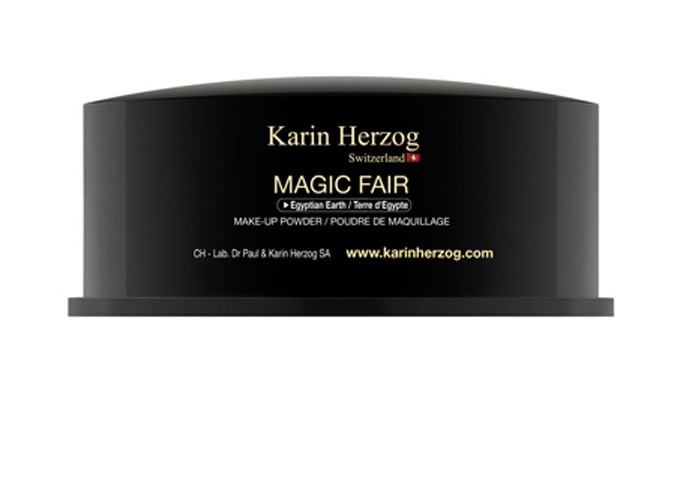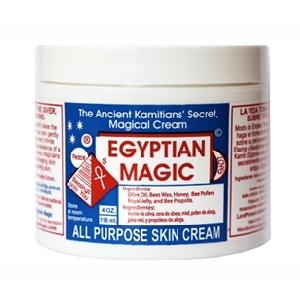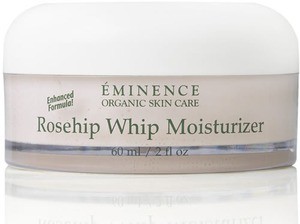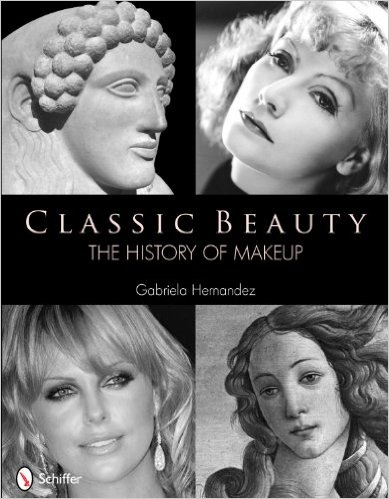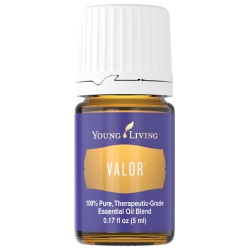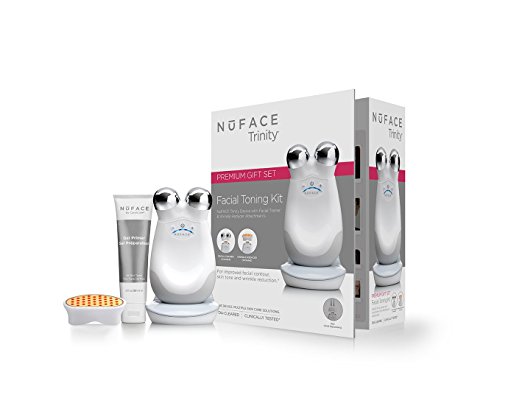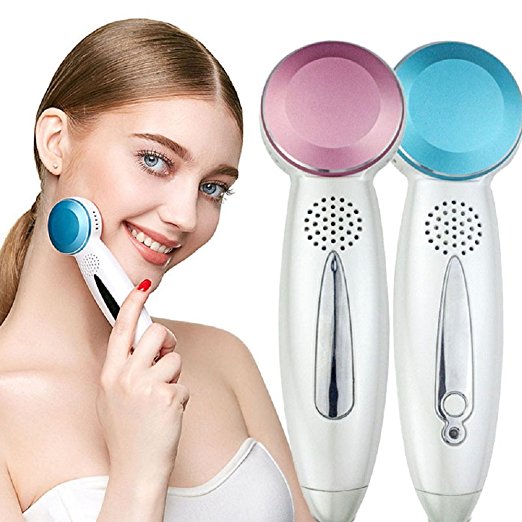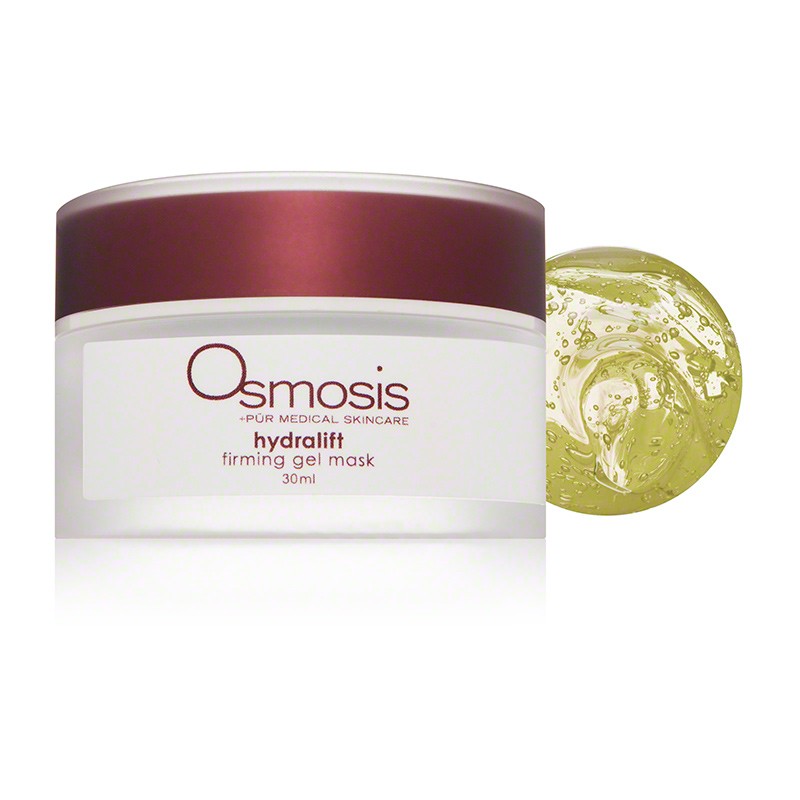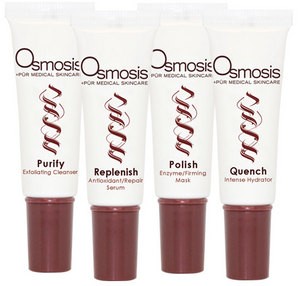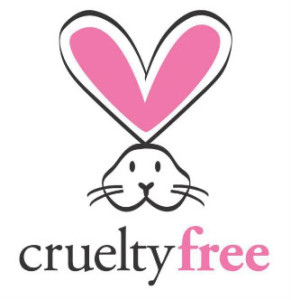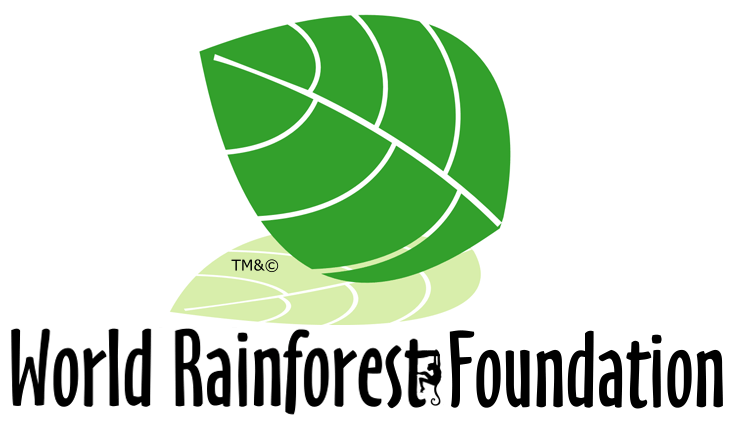
On this week 180, we are sharing a post on Oil Pulling. Oil pulling originated in India appearing in the early Ayurvedic medicine texts ( better known as traditional Indian Medicine ), and is highly considered these days as alternative medicine concepts known as Charaka Samhita. This ancient Ayurvedic remedy is designed for overall wellbeing is such a simple practice that gives remarkable results, I have used it for many years with remarkable results, from Oral successes to lymphatic clearing and many health over comings, I wish you health, happiness and Ideal abundance finds you and yours, please share with others and don’t forget to like if you do.
Oil Pulling
According to Dr. Joseph Mercola:
http://articles.mercola.com/sites/articles/archive/2014/05/05/oil-pulling-coconut-oil.aspx
Ancient Ayurveda texts tell us that oil pulling may solve about 30 systemic health challanges and even today, it’s discussed widely as a tool for detoxification of your whole body. However, in your mouth,oil pulling does have significant cleansing and healing effects, which are backed up by science.
Personally, this technique has significantly reduced plaque buildup, overall dental wellness. As reported by the Indian Journal of Dental Research:
“If you take a look at the research, it’s easy to understand why:
- Oil pulling reduced counts of Streptococcus mutans bacteria – a significant contributor to tooth decay – in the plaque and saliva of children. Researchers concluded, “Oil pulling can be used as an effective preventive adjunct in maintaining and improving oral health.”
- Oil pulling significantly reduced plaque, improved gum health and reduced aerobic microorganisms in plaque among adults and teenagers tested with plaque-induced gingivitis
- Oil pulling is as effective as mouthwash at improving bad breath and reducing the microorganisms that may cause it
- Oil pulling benefits your mouth, in part, via its mechanical cleaning action. Researchers noted, “The myth that the effect of oil-pulling therapy on oral health was just a placebo effect has been broken and there are clear indications of possible saponification and emulsification process, which enhances its mechanical cleaning action.”
How To Oil Pull
from: http://oilpulling.com/oilpullingandoralhealth.htm
Step1:
First thing in the morning on an empty stomach and before drinking any liquids (including water), place a teaspoon of sesame oil or coconut oil into your mouth (keep it in mind to leave room for the saliva that will mix with the oil when switching it will add to the amount of oil you place in your mouth, you need room to switch without gagging ) Children can also do this with less quantity of oil provided they have control and practice not to swallow the oil.
Step 2:
Swish the oil around in your mouth without swallowing it. Move it around in your mouth and through your teeth, as if it was mouthwash (don’t tilt your head back to gargle though)you don’t want to swallow the oil. You’ll find that the oil will start to get watery as your saliva mixes with it. Keep swishing.If your jaw muscles get sore while swishing, you’re putting too much into it. Relax your jaw muscles and use your tongue to help move the liquid around the inside of your mouth. When you do this correctly, you’ll feel very comfortable and at ease with the process and it gets easier and easier with practice.
There is no right way or wrong way to swish and pull oil. Don’t focus on doing it right. Do it with very natural movement. Do this gently, not vigorously, in a relaxed way for about 20 minutes. You can start with 5 to 10 minutes and increase the time as you go along, I determine the amount of time with the particular challenge that I wish to address, if I have pain anywhere in my body I do short times through out the day so I don’t give my body more to do when is in a weaker state, and then I start increasing the time, Oil Pulling works with the Lymphatic system so I don’t want to over load it if I am not feeling well, for daily maintance I switch for about 10 to 15 minutes soon as I get up when I am doing chores around the house, I learned early on not to bend forward or backwards when switching oil, so you don’t swallow the oil or gets in your nose, is not much fun when that happens.
If you have the unbearable urge to swallow and If it becomes too unpleasant, spit outcome of the oil or all of it and try again. It can be a bit unpleasant at first when you’re not used to it, but soon won’t be bothersome at all, just like brushing your teeth but with a full body benefit!.
When the oil has become saturated with the toxins it has pulled out, it will become a whitish, thinner, milky consistency, depending on the type of oil used it will be more or less. Each time you oil pull, it can take a different amount of time to get to that point, so 20 minutes is a general rule of thumb, but you can experiment with this.
For longer and deeper switching If you spit out before 20 minutes. start again, the process is to make the oil swish enough time in your mouth so that it becomes a white milky substance which is a indication of process completion, like I said before is up to your discretion of what results you wish to accomplish .
Step3:
As the end of the oil pulling session approaches, Spit the oil out into the toilet preferably, then rinse the mouth with warm salt water . ( Just use normal table salt). Salt water rinsing isn’t absolutely necessary, but is very helpful as an antimicrobial and to soothe any inflammation and proven to be effective in rinsing out any toxins which may be left out in the mouth,you can use other rinse like water and Baking soda,we will recommend home made ones for you to use.Also you can spit out the oil and rinse your mouth with water or a combination of water and Baking Soda.
You can do the oil pulling every morning if you like, or several times a week. Because oilpulling method can be detoxifying, you might want to take a break sometimes. One immediate benefit everyone gets is, whiter teeth, clean mouth, and overall great feeling . There’s no rule about frequency – judge according to your own experience , the recommendation is to do it away from meal times at least an hour before and after do to the fact that you don’t want to inter fear with digestion by pulling the blood away from any of the digestive organs
Oil pulling is best done in the morning, before eating or drinking anything, though Dr. Bruce Fife suggests that it can be done before each meal if needed for more severe infections or dental problems.
First, the oils mix with the saliva, turning it into a thin, white liquid. Lipids in the oils begin to pull out toxins from the saliva. As the oil is swished around the mouth, teeth, gums and tongue, the oil continues to absorb toxins, and usually ends up turning thick and viscous and white. Once the oil has reached this consistency, it is spit out before the toxins are reabsorbed.
What Does Oil Pulling Do?
Multiple scientific studies show the efficacy of oil pulling therapy. One study shows that oil pulling with sesame oil can boost overall oral health. Specifically, using sesame oil as an oral health agent helps to reduce the amount of S. mutans (germ) count in both teeth plaque and mouth saliva. Scientists believe that the lipids in the oil both pull out bacteria, as well as stop bacterial from sticking to the walls of the oral cavity
Bacteria and these toxins have a lipid membrane, and they are ATTRACTED to other oils. (They are repelled by water.)
Oil pulling may also increase saponification in the mouth, creating a soapy environment that cleanses the mouth as vegetable fat is an emulsifier by nature. Most interesting is perhaps the ability of oil to cleanse out harmful bacteria, as well as reduce fungal overgrowth. These oils also possibly help in cellular restructuring, and are related to the proper functioning of the lymph nodes and other internal organs.
Other possible benefits of oil pulling for oral health include:
Overall strengthening of the teeth and gums and jaws
Prevention of diseases of the gums and mouth, such as cavities and gingivitis
Prevention for bad breath
Potential holistic solution for bleeding gums
Prevention of dryness of the lips, mouth and throat
Possible holistic help for TMJ and general soreness in the jaw area
Benefits Beyond the Mouth?
From: http://www.globalhealingcenter.com/natural-health/benefits-of-oil-pulling/ and http://www.foodmatters.tv/articles-1/oil-pulling-the-habit-that-can-transform-your-health
Ancient Ayurvedic health practitioners believed that oil pulling could reduce more than just health challenges of the mouth and throat. Today, many holistic practitioners tout its use for a variety of overall concerns.
It is believed that these oils help the lymphatic system of the body as harmful bacteria are removed and beneficial microflora are given with a healthy environment to flourish. Because of this holistic perspective, oil pulling has been used as a preventative health measure for many other conditions.
Many holistic practitioners cite other benefits of oil pulling. It is believed that oil pulling stimulates the lymphatic system and aids in the transport of toxins away from vital organs. The reported benefits of oil pulling include:
Teeth whitening
Clear skin
Improves digestion
Weight loss
Promotes normal sleep patterns
Helps kidney and liver function
Migraine headache relief
Correcting hormone imbalances
Reducing inflammation
Aids in the reduction of eczema
May reduce symptoms of bronchitis
Helps support normal kidney function
May help reduce sinus congestion
Some people report improved vision
Reduced hangover after alcohol consumption
Aids in reducing pain
Reduces the symptoms of allergies
Helps detoxify the body of harmful metals and organisms
Scientific Studies on Oil Pulling
The Indian Journal of Dental Research found that when compared with mouthwash, swishing with sesame oil reduced plaque, modified gingival scores, and lowered microorganisms in the plaque of adolescents with plaque-induced gingivitis. A 2014 study published in the Journal of Clinical and Diagnostic Research found that oil pulling with sesame oil helped in reducing oral malodor and the microbes causing it just as much as using a chlorhexidine treatment. A 2011 study published in the Journal of the Indian Society of Pedodontics and Preventive Dentistry found oil pulling to be as effective as chlorhexidine in the treatment of bad breath.
A 2007 study looking into the effect of oil pulling (with sunflower oil) on plaque and gingivitis on oral soft and hard tissues. Results found that after 45 days of oil pulling, subjects showed a statistically significant reduction in gingivitis.
Another study , conducted in 2008 found a “remarkable reduction in the total count of bacteria” in the mouth, and an overall marked reduction in susceptibility dental cavities. The antibacterial activity of sesame oil was also studied and found to have an effect on the Streptococcus mutans in the mouth.
In fact, these studies showed an overall reduction of bacteria from 10 to 33.4% in participants, and after 40 days of oil-pulling, participants were found to show 20% in average reduction in oral bacteria. Moreover, half of all participants in this case study showed a drastic reduction in susceptibility to dental caries.
Sesame Seed Oil
From: http://youthingstrategies.com/sesame-oil/
Sesame oil has been used as a healing oil for thousands of years. Sesame oil is mentioned in the Vedas, (the Vedas is a large body of texts originating in ancient India) as excellent for humans. It is naturally antibacterial for common skin pathogens, such as staphylococcus and streptococcus as well as common skin fungi, such as athlete’s foot fungus. It is naturally antiviral. It is a natural anti-inflammatory agent.
Research shows that sesame seed oil is a potent antioxidant. In the tissues beneath the skin, this oil will neutralize oxygen radicals. It penetrates into the skin quickly and enters the blood stream through the capillaries. Molecules of sesame seed oil maintain good cholesterol (HDL) and lower not so good cholesterol (LDL).
In an experiment at the Maharishi International College in Fairfield, Iowa, students rinsed their mouths with sesame oil, resulting in an 85% reduction in the bacteria which causes gingivitis.
Internally, the oil molecules attract oil soluble toxins and carry them into the blood stream and then out of the body as waste.
Sesame seed oil absorbs quickly and penetrates through the tissues to the very marrow of the bone. It enters into the blood stream through the capillaries and circulates. The liver does not sweep sesame seed oil molecules from the blood, accepting those molecules as friendly.
Sesame seed oil helps joints keep their flexibility. It keeps the skin supple and soft. It heals and protects areas of mild scrapes, cuts and abrasions. It helps tighten facial skin, particularly around the nose, controlling the usual enlargement of pores as skin ages chronologically.
Coconut oil
From: http://oilpulling.com/oilforoilpulling.htm
Coconut oil is a familiar taste for many people. It has a cooler energy than sesame oil, so it’s good for people who tend to have a warmer constitution or condition of heat. Some people have reported that coconut oil is more strongly detoxifying, which isn’t always a good thing for some people, so it’s best to be cautious and go slowly when having a high toxic or infectious condition.
from: http://articles.mercola.com/sites/articles/archive/2014/05/05/oil-pulling-coconut-oil.aspx
Coconut oil has antibacterial and anti-viral activity that makes it especially well suited for oral health. In fact, coconut oil mixed with baking soda makes for a very simple and inexpensive, yet effective, toothpaste and research suggests it may be a valuable tool for fighting tooth decay.
Researchers at the Athlone Institute of Technology’s Bioscience Research Institute in Ireland tested the antibacterial action of coconut oil in its natural state and coconut oil that had been treated with enzymes, in a process similar to digestion.
The oils were tested against strains of Streptococcus bacteria, which are common inhabitants of your mouth. They found that enzyme-modified coconut oil strongly inhibits the growth of most strains of Streptococcus bacteria, including Streptococcus mutans, an acid-producing bacterium that is a major cause of tooth decay.
It is thought that the breaking down of the fatty coconut oil by the enzymes turns it into acids, which are toxic to certain bacteria.7 Enzyme-modified coconut oil was also harmful to the yeast Candida albicans, which can cause thrush. So when oil pulling is combined with the antimicrobial power of coconut oil, I believe it can be a very powerful health tool.
Oil pulling common questions and concerns:
Q: Is it necessary to use cold-pressed, unrefined oil? I am seeing only refined oil in the stores Can I buy refined oil for oil pulling?
It is recommended that organic, unrefined, cold pressed oils with the life force of the core substances in that oil are intact. Use the best quality you can get —unrefined, cold-pressed, which will not contain harmful ingredients residues.
If you have access to only refined oil, start with sesame oil.
Q: Which oils shall be avoided for oilpulling method?
Avoid all poor quality oils that you wouldn’t want to eat. Those include corn oil, canola oil, cottonseed oil and soy oil, and those that go rancid very quickly such as flax oil.
Q: In most stores I am only seeing expeller pressed oils, but not cold pressed. What is your recommendation?
Cold-pressed, or expeller-pressed oil is just a better quality oil that doesn’t contain harmful chemical residues, and is better nutritionally. Refined oils are high heated which damages the quality to some degree,you can always order a good oil on line Amazon carries a great selection of them.
The expulsion process used for expeller pressed oils does generate a certain amount of heat, depending on the type of seed or nut and how much pressure it takes to get the oil out of it. But this is very low compared to the high heat method used for refined oils. Look for a brand of oil with unrefined,Coconut or sesame oil.
Q: Can we use toasted oils for oil pulling?
Try to avoid toasted oils, as the high heat damages them.
Q: Should I brush before Oilpulling?
No, there’s no need to. It’s important to brush after oilpulling and clean the mouth thoroughly after toxins are drawn out with salt and water or warm water with baking soda as explained before.
Q: When oil becomes white after 5 min? 10 min? 15 min?
There’s no rule of thumb different oils will behave differently, so don’t pay to much attention to when the oil becomes white relax and switch.
Q: I was only able to do it for about few minutes, Is it normal?
It is very common for many. Because we are not tuned to have oil in our mouth and for the first few times there would be some different feeling that is all the importance is in the consistency of doing your switching. But please note you would be amazed by how quickly you can get used to it! It helps if you think about keeping the oil around your teeth and not toward the back of your mouth. Keeping the head tilted down a bit can help with that. Five minutes may be all you need, but you may also be able to increase the time because it will become more comfortable. Experiment and you’ll find out what works best for you.
Q: I can’t help swallowing a little during OP. Is that harmful?
If you need to swallow a bit during oilpulling, the toxins being drawn out can usually be handled by the digestive system and eliminated properly try not to make it a habit, you have plenty control of your swallowing ability or you would have drawn or choke many times already. When you feel the urge to swallow, just spit the whole thing and restart.Practice makes perfect.
Q: I could only do OP for a few minutes, as my mouth was getting tired?
You’re probably doing it too vigorously. Just Relax and do the swishing in a more relaxed way.You can make the process fun just think on how much you are helping your system to a star of supreme wellbeing!!
Q: Reasons for doing oilpulling on empty stomach.
First, it helps not to have a full stomach if you get a little queasy from the oil pulling experience before you get used to it. Second, the detoxifying effect is a bit stimulating, whereas digestion involves the parasympathetic nervous system, so those are opposite functions. Eating something light may not be a problem, and you can judge by how you feel. If you can oil pull first thing in the morning, that takes care of that problem. We can all go without eating for at least 20 minutes a day don’t you think?
Q: After oilpulling it never turns in to white.
The idea is , The viscosity and color should change significantly, but the color depends on so many factors, and can even be slightly different each time. A milky or creamy color is fine. It works regardless just don’t switch for less than 5 minutes witch is a small time to start anyway.
Words From The Experts
Dr. Mercola Discusses a Simple Oral Health Technique
The Truth About Oil Pulling By Dr. John Douillard
Coconut Oil Pulling Benefits and How to do Oil Pulling By Dr. Josh Axe
HOW TO OIL PULL: for naturally white teeth & a healthy body from holistichabits
Oil Pulling Therapy: Detoxifying and Healing the Body Through Oral Cleansing
If you have bad breath, bleeding gums, cavities, or tooth pain—you need this book! If you suffer from asthma, diabetes, arthritis, migraine headaches, or any chronic illness, and have not found relief, this book could have the solution you need. All disease starts in the mouth! As incredible as it may seem, most of the chronic and infectious illnesses that trouble our society today are influenced by the healthy of our mouths. Our mouths are a reflection of the health inside our bodies. If you have poor dental health, you are bound to have other health problems. Despite regular brushing and flossing, over 90 percent of the population has some degree of gum disease or tooth decay. Most people aren’t even aware they have existing dental problems. Recent research has demonstrated a direct link between oral health and chronic illness. Simply improving the health of your teeth and gums can cure many chronic problems. More brushing, flossing, and mouthwash isn’t the solution. What will work is Oil Pulling Therapy. Oil pulling is an age-old method of oral cleansing originating from Ayurvedic medicine. It is one of the most powerful, most effective methods of detoxification and healing in natural medicine. In this book, Dr. Fife combines the wisdom of Ayurvedic medicine with modern science. The science behind oil pulling is fully documented with references to medical studies and case histories. Although incredibly powerful, Oil Pulling Therapy is completely safe and simple enough for even a child.
Oil Pulling Revolution: The Natural Approach to Dental Care, Whole-Body Detoxification and Disease Prevention
Holding and swishing organic oil in your mouth is an amazingly simple yet powerful technique for cleaning your teeth and detoxing the entire body. The Oil-Pulling Revolution combines ancient teachings and modern techniques to incorporate this healthy habit into your daily routine. Using the tips and instructions provided here you can:
•Remove harmful bacteria
•Eliminate cavities
•Reduce plaque
•Whiten teeth
•Freshen breath
Beyond dental care, this book details how oil pulling benefits your entire body for glowing skin, more energy, improved heart health, fewer migraines and a healthier overall lifestyle.



